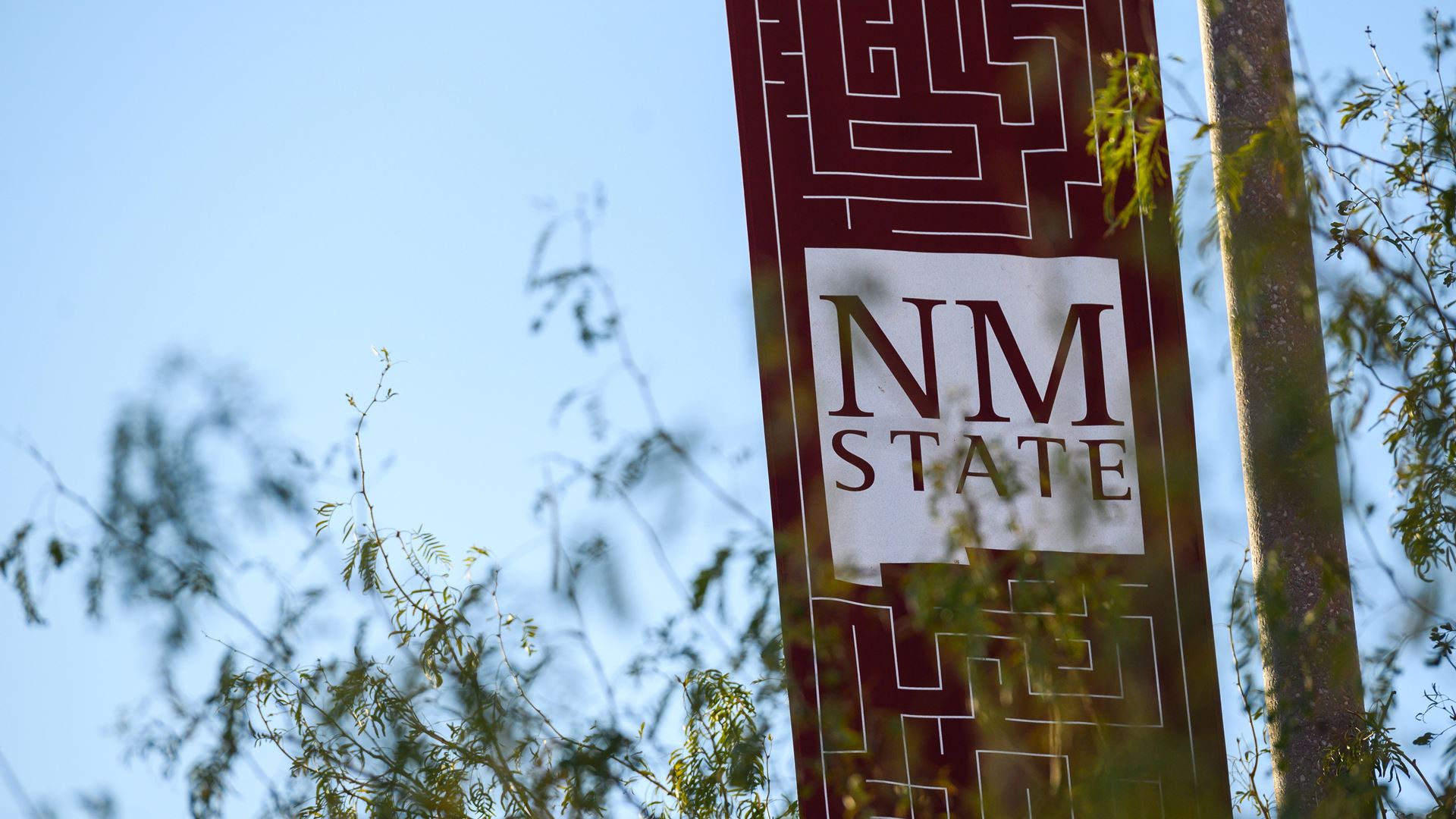New Mexico State University Cooperative Extension Service officials, along with the New Mexico Livestock Board and New Mexico Department of Agriculture, are continuing to monitor cases of the New World Screwworm, which have been found in Mexico.
In May, the U.S. Department of Agriculture stopped animal imports from the southern border because cases of the New World Screwworm were found in two Mexican states, Oaxaca and Veracruz. The effort is meant to protect the country’s food supply and livestock. The New World Screwworm was eradicated from the United States in the late 1950s and 1960s. In September, a confirmed case was found in Sabinas Hidalgo, located in the state of Nuevo León, which is less than 70 miles from the U.S.-Mexico border.
The New World Screwworm is a parasitic fly that lays eggs in open wounds of warm-blooded animals. The larvae feed on living tissue, causing severe damage and potentially death if untreated. Livestock, pets, wildlife and, in rare cases, humans are affected.
“A New World Screwworm outbreak could cause problems for New Mexico’s livestock industry, but surveillance and education are crucial in helping to reduce the threat,” said Tom Dean, Extension Southwest District director.
As a member of the Southwest Border Food Protection and Emergency Preparedness Center, Extension is helping to distribute New World Screwworm sampling kits statewide to strengthen surveillance and early detection efforts.
New Mexico State Veterinarian Dr. Samantha Holeck has been actively monitoring the situation, providing updates and coordinating protocols to ensure rapid response readiness.
To learn more about the New World Screwworm, recent NMSU publications, “New World Screwworm: What You Need To Know” by Marcy Ward, Extension livestock specialist, and “New World Screwworm and Livestock Border Closures: A Guide for New Mexico Livestock Producers” by Jason Banegas, Extension economist and statewide forecasting specialist, offer detailed information. Ward’s publication also is available in Spanish.
If New World Screwworm is suspected, take photos of wounds and consult a veterinarian. Remove all the larvae, clean the wound and isolate the animal. Samples can be sent for analysis. Contact the local Extension office for sample submission guidance.

